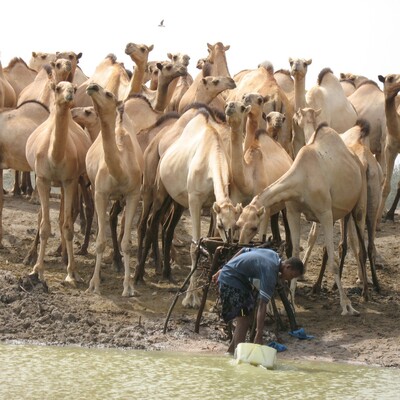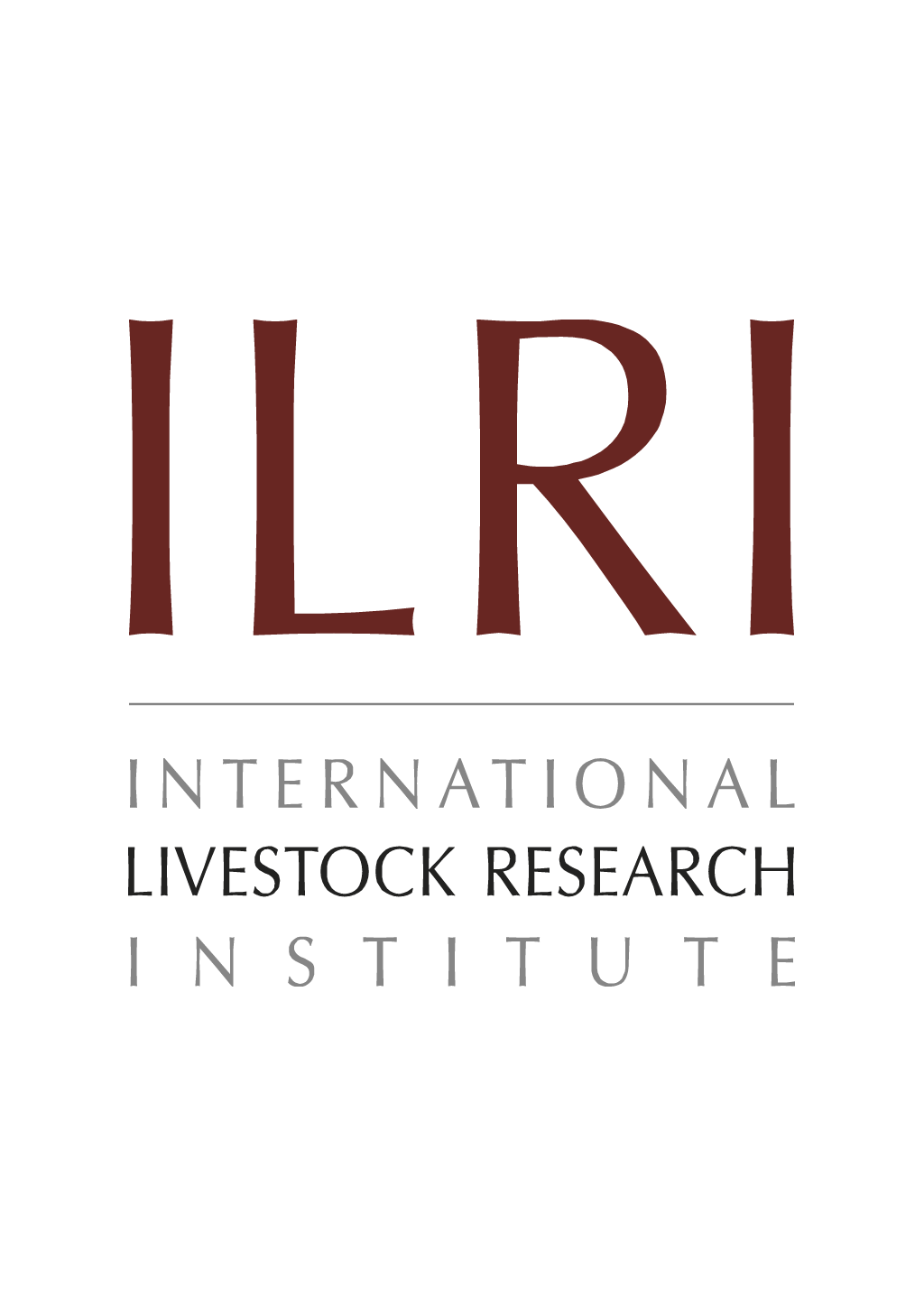
Potassium status of some selected soils under different land-use systems in the subhumid zone of Nigeria
Abstract
Twenty surface soils (0 to 15 cm), selected to represent a wide range of available potassium (K) status and three different land-use systems (fodder bank, continously fertilized cropped land and fallow land) across the subhumid zone of Nigeria, were used for the investigation. Laboratory and greenhouse studies were carried out to assess their K status. Available, non-exchangeable, and total K were determined. The supplying power of the soils was assessed by exhaustive cropping in the greenhouse using Stylosanthes hamata cVerano as the indicator plant. While 75 percent of fodder banks sampled had available K less than 0.20 cmol/kg, only 50 percent and 13 percent of continuously fertilized cropped and fallow lands, respectively, had available K less than 0.20 cmol/kg. Potassium weathering coefficient was highest at the lowest exchangeable K and highest (calcium (Ca) + magnesium (Mg))/K ratio. Total K ranged from 2.30 to 47.06 cmol/kg, with available K forming 1.47 percent of the total K. The amount of non-exchangeable K released and taken up by stylo plant accounted for 23.3 to 83.6 percent of the total K uptake.
Citation
Communications in Soil Science and Plant Analysis;26(5&6): 657-672




